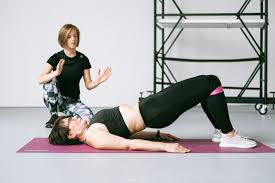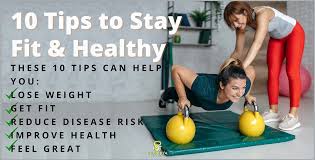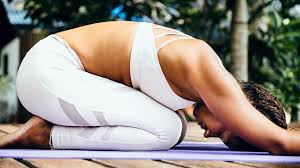Why Stretching Is a Key to Healthy Movement
🔑 1. Improves Flexibility
Flexibility is the ability of your muscles and joints to move through their full range of motion. Regular stretching helps maintain and improve this range, allowing you to move more freely and comfortably in daily activities.
Example: Tight hamstrings can limit your ability to bend forward or squat properly, leading to poor movement patterns and even injury.
🌀 2. Enhances Mobility and Posture
Good mobility requires both joint health and muscle flexibility. Stretching keeps your muscles balanced and helps correct postural imbalances caused by sitting, standing, or moving in repetitive ways.
Stretching muscles like the hip flexors and chest can counteract the effects of prolonged sitting, which often leads to poor posture and back pain.
🛡️ 3. Reduces Risk of Injury
Tight muscles are more prone to strains and tears. Stretching helps prepare your muscles for activity by increasing blood flow and reducing stiffness, which makes them less susceptible to injury.
Think of muscles like rubber bands—when cold and tight, they’re more likely to snap.
💪 4. Supports Better Performance in Physical Activities
Whether you’re an athlete or just staying active, stretching helps muscles work more efficiently. Better flexibility allows for improved technique, balance, and coordination in movement.
Athletes often stretch before and after training to optimize performance and aid recovery.
🧘 5. Promotes Relaxation and Stress Relief
Stretching isn’t just physical—it can also calm the nervous system. When done mindfully, it helps reduce tension, slow the breath, and lower stress levels.
Static stretching after a workout or during yoga can activate your parasympathetic nervous system (rest and digest mode).
⏳ 6. Counters the Effects of Aging
As we age, muscles naturally lose flexibility and joints can become stiffer. Regular stretching helps maintain mobility and independence, which is critical for long-term quality of life.
Staying limber in your 40s, 50s, and beyond helps reduce falls, maintain balance, and stay active.
✅ Quick Tips for Safe and Effective Stretching
-
Warm up first with light movement to increase blood flow.
-
Stretch regularly, not just before/after workouts.
-
Hold stretches for 15–30 seconds, without bouncing.
-
Breathe deeply and avoid pushing into pain.
In short: Stretching is not just a warm-up or cool-down ritual—it’s a foundational element of physical health. By incorporating regular stretching into your routine, you support your body’s ability to move well, feel good, and stay injury-free.






